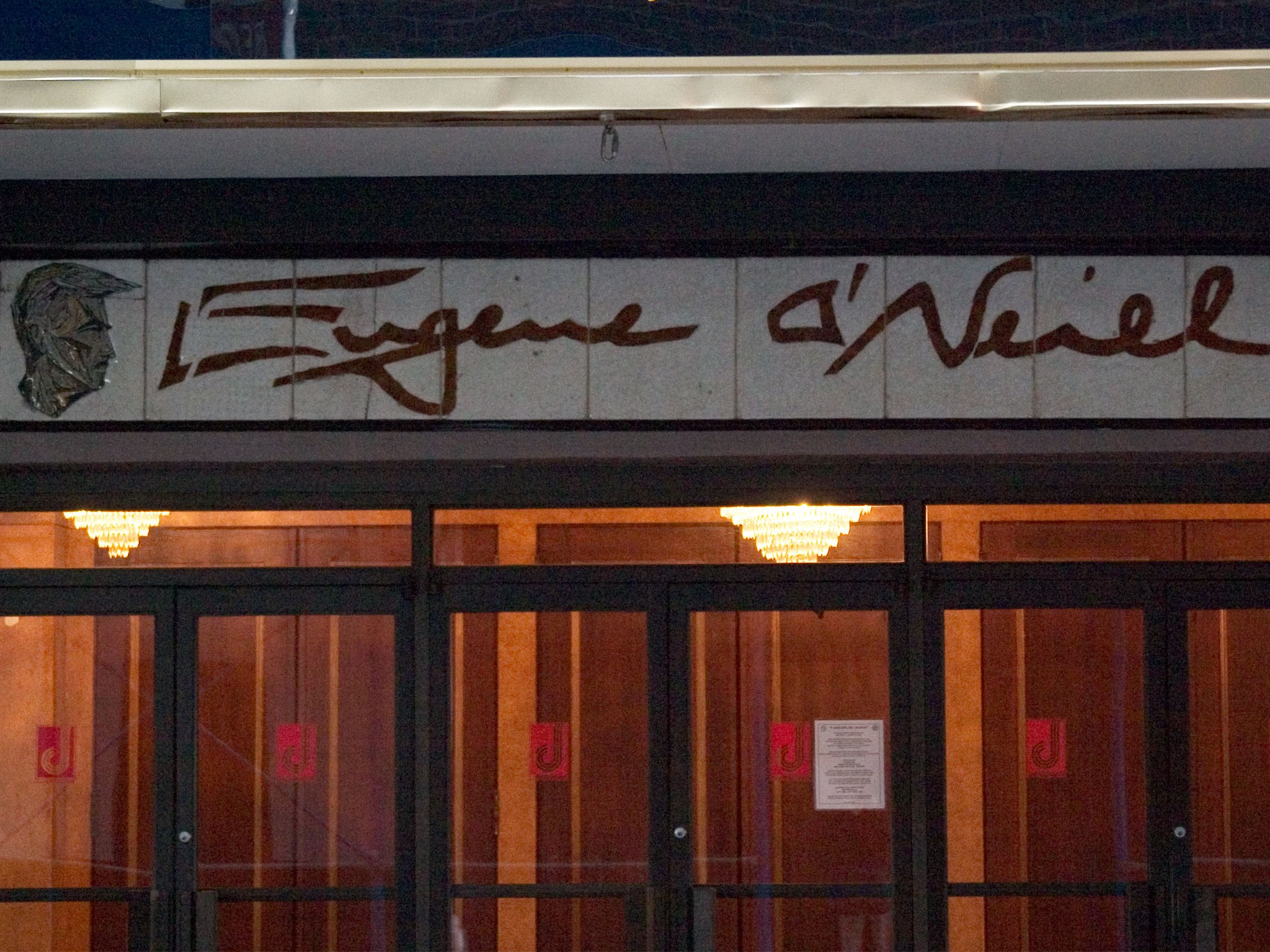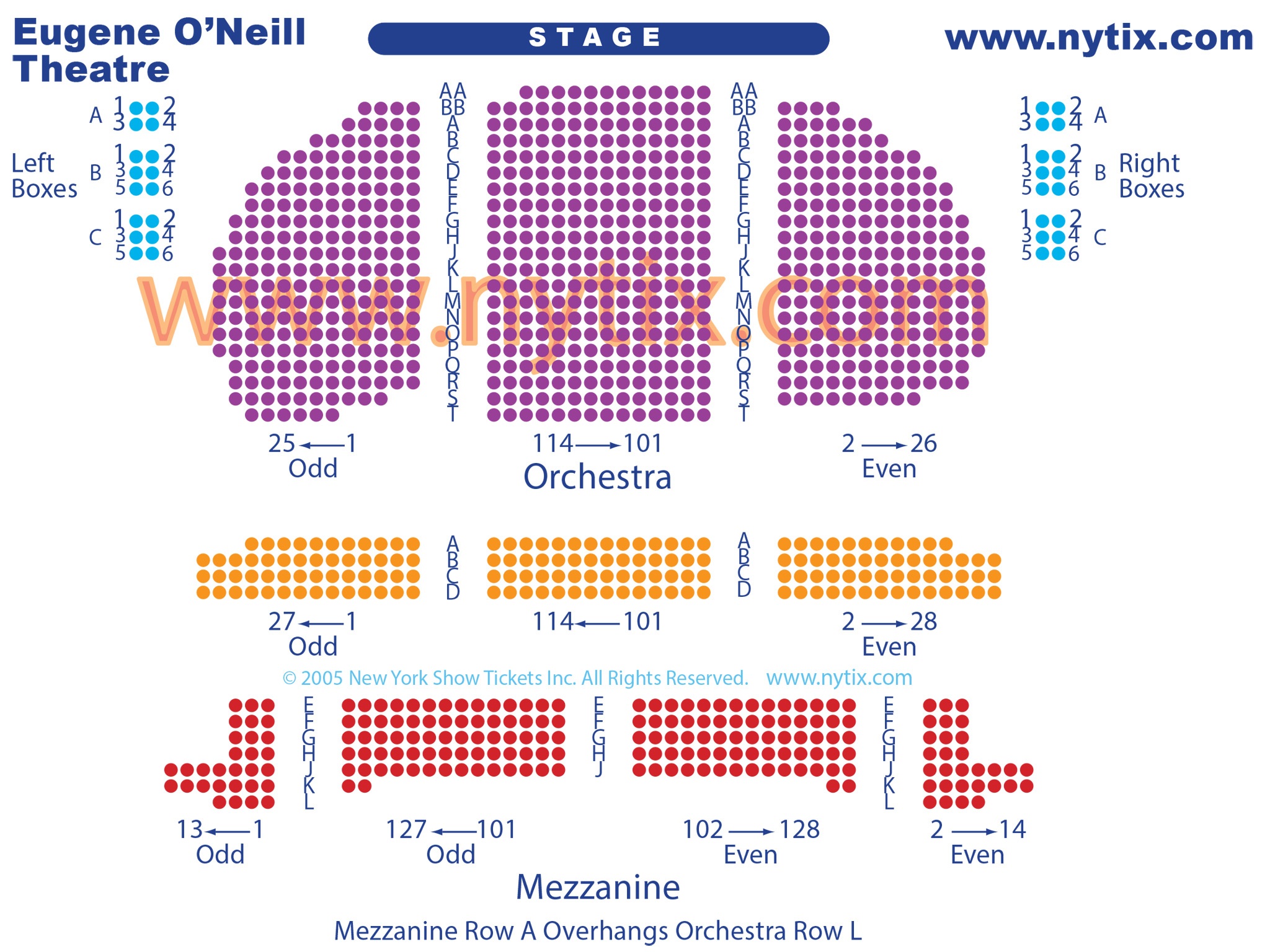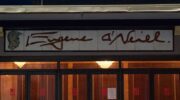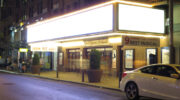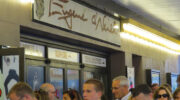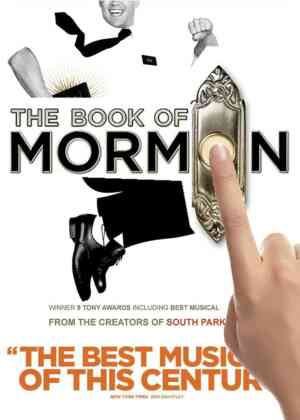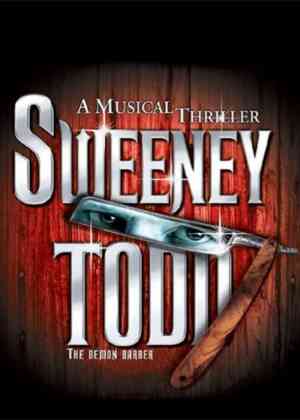Directions & Box Office
- Directions: By Subway, take the C/E to 50th Street, walk south on Eight Avenue and then turn left onto 49th Street. Or take the 1 to 50th Street, walk south on Broadway and then make a right onto 49th Street.
- Entrance: 49th Street, between 8th and Broadway The Eugene O'Neill is located on the south side of 49th Street, between Broadway and Eighth Avenue.
- Box Office Hours:
- Monday - Saturday:
- 10am - 8pm
- Sunday:
- 12pm - 7pm
Best Seats In The House
- Seats: 1108
The extreme right and left sides at the very front of the orchestra will sometimes have only a partial view, depending upon the production. The seats in the front to mid orchestra are ideal.
Parking for Eugene O'Neill Theatre
The closest parking garages for Eugene O'Neill Theatre are located at:
- Zenith Parking Garage
- 790 8th Ave, New York, 10019
(Enter on W 49th & 8th Ave) - 212-581-8590
- Redball Parking LLC
- 225 West 49th Street
New York, NY 10019 - 212-262-5450
The closest parking is not always the best as it often takes longer to park and retrieve your vehicle as fellow theatre goers have the same idea. A better choice of parking may be the second choice or further away by a couple of Avenues.
Additional Notes
Landlord: Jujamcyn Theaters
Official Ticketer: Telecharge
Notes:
Named for the writer of classic plays The Iceman Cometh and Anna Christie.Elevator: No
Escalator: No
Now Playing The Book of Mormon
- Previews Began: February 24, 2011
- Opens: March 24, 2011
- Show Closes: Open ended
Get Tickets
Previous Shows
Sweeney Todd: The Demon Barber of Fleet Street
- Opened: November 3, 2005
- Show Closed: September 3, 2006
Eugene O'Neill Theatre History
The Eugene O'Neill Theatre is named for one of America's most cherished playwrights, Eugene O'Neill who wrote such classics as Anna Christie, The Iceman Cometh, Desire Under the Elms, and Long Day's Journey Into Night.
Originally Named The Forrest Theatre
However, when this theatre opened in 1925, this theater was called the Forrest Theatre, after famed 19th century stage actor Edwin Forrest.
Originally built by the Shuberts, the theater came under new ownership 20 years later and received not only a major renovation but also a new name: the Coronet.
Renamed To The Coronet Theatre in 1945
As the Coronet, the theatre hosted a number of successful productions, including Arthur Miller's breakout work, All My Sons. The last Coronet production was a revival of Eugene O'Neill's The Great God Brown, and then, in November of 1959, the theater was re-named in honor of the playwright.
Eugene O'Neill Theatre's Debut
The Eugene O'Neill Theatre's debut production was A Loss of Roses, by another great dramatist, William Inge. Continuing its association with writing legends, the theater was purchased by Neil Simon in the '60s and many of his hit plays, such as Last of the Red Hot Lovers, California Suite, Chapter Two, and even a revival of his musical Little Me, played here.
The Jujamcyn bought the Eugene O'Neill Theatre in 1982.
Other Notable Productions
In its early years, the Eugene O'Neill Theatre (then known as the Forrest) housed some successful transfers such as Bird in Hand and Tobacco Road, the latter of which played there for over six years.
As the Coronet, the theater hosted All My Sons, Angel in the Wings, Small Wonder, The Browning Version, The Remarkable Mr. Pennypacker, All Summer Long, Quadrille, The Bad Seed, and A View from the Bridge.
Since being named the Eugene O'Neill Theatre, it has presented a number of notable plays and musicals, including A Thousand Clowns, She Loves Me, Last of the Red Hot Lovers, The Prisoner of Second Avenue, God's Favorite, Yentl, California Suite, I Ought to Be in Pictures, Moose Murders, Big River, M. Butterfly, Five Guys Named Moe, the smash revival of Grease!, The Full Monty, Caroline, or Change, Spring Awakening, Fela!, and then the smash hit The Book of Mormon.
Eugene O'Neill Theatre Design
Architect Herbert J. Krapp designed the Eugene O'Neill Theatre, and with a seating capacity of approximately 1,100, it is a good mid-sized theater, especially suitable for larger plays or more modest musicals.
Though the interior is very nice, the Eugene O'Neill's facade is nondescript, dull and mud-colored. The restrooms are, thankfully, quite large.
